MATT WINGETT explores the Spiritualist beliefs of Arthur Conan Doyle, relating the extraordinary account of his encounter with his deceased son, Kingsley.
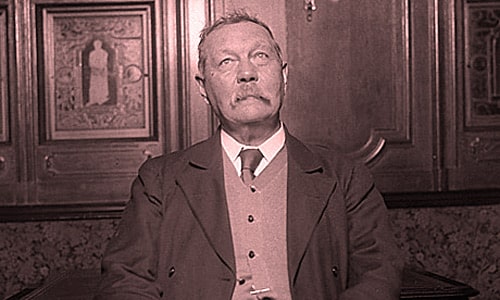
“How could Arthur Conan Doyle, the man who invented the ultra-rationalist Sherlock Holmes, also believe in séances, mediums – and even fairies?”
The question had been exercising my mind for some time. Friends I spoke to about it said things like “it’s totally schizophrenic” or “did he go crazy when he got older?” That question was usually accompanied by another, delivered in a disbelieving tone: “You’re not telling me he was still writing Holmes when he said believed in this stuff?”
And actually, yes, he was. And, yes, it was a puzzle. An enigma. A veritable conundrum.
I’m going to confess to a nerdy predisposition. I wanted to know the answer, and I was in exactly the right place to find it: I live in Portsmouth, the place where Sherlock Holmes was born.
Arthur Conan Doyle and Portsmouth
For those who aren’t aware of Holmes’s connection with Portsmouth, I should explain. While the young Arthur Conan Doyle was living in the seaside suburb of Southsea in the 1880s and scraping by as a young doctor, he invented the world’s only consulting detective. Whilst he was living and working at No. 1 Bush Villas in the then leafy Elm Grove, his first Holmes novel A Study In Scarlet was published in 1887.
Southsea is also the place where, in the very same year, he experimented in the paranormal and declared himself a Spiritualist – decades before he went spectacularly public in the midst of the Great War in 1916.
How did his faith begin?
I paid a visit to the Arthur Conan Doyle Collection – a massive archive left to Portsmouth City Council by obsessive Doyle collector, Richard Lancelyn Green. Portsmouth City Library holds one of the world’s 11 remaining complete copies copies of the Beeton’s Christmas Annual in which Holmes debuted, alongside 60,000+ original documents, photographs, books, magazines, artefacts and letters all related to Sir Arthur Conan Doyle.
In the pages of Light magazine from 1887, a journal devoted to the mystical, spiritual and occult I first began to gather clues to Arthur Conan Doyle’s spiritual life. I tracked him. I hunted down every single article Doyle wrote for Light between 1887 and 1920, when he left the shores of the UK to do missionary work in Australia and New Zealand. And I started to find the answer.
His first letter announced in 1887 that he was convinced of the Spiritualist hypothesis. His next letter even defended the work of Mr Richard Hodgson, a renowned unmasker of psychic frauds who had travelled to India and exposed Madame Blavatsky – so at that point Athur Conan Doyle was absolutely confident of the truth of Spiritualism.
Then, suddenly, he went quiet for a long period, only resurfacing on 11th March 1916 to begin the missionary phase of his life.
I read about what happened in between. The moments of uncertainty and experimentation. The investigations he performed into poltergeist activity in a house at Charmouth in Devon, of which he leaves several distinct and completely contradictory accounts. I read about the loss of his first wife, his preoccupation with theological matters, his befriending of great Spiritualist scientists such as Sir Oliver Lodge.
I began to uncover a clearer picture of the great writer’s beliefs and how they changed and developed over the years. It was this that inspired me to write Conan Doyle and the Mysterious World of Light. I decided to republish every letter and article he wrote for the magazine and provide a commentary through his different phases of thinking.
On his long journey, I tracked not only Doyle, but his contemporaries as they agreed, argued, debated, condemned and defended Spiritualism. Light magazine provided a window into the preoccupations of many experiencing the Great War. Those preoccupations are these days largely overlooked these days. We tend to focus on the horror of the trenches and the mounting death toll – and show little consideration for what that mounting death toll did to the spiritual lives of those on the Home Front.
Arthur Conan Doyle and Spiritualism
The letters to Light tell of a hugely diverse readership and a massive congregation of Spiritualists. From upper class figures such as Lord and Lady Glenconner, eminent scientists such as Sir Oliver Lodge and W F Crookes, through soldiers and shopkeepers, we reach through every echelon of society.
For me, particularly moving were the accounts in Light of psychic occurrences on the battlefield or of séances attended by soldiers, seeking news of fallen comrades. Such accounts highlight the human need Conan Doyle so clearly resonated with and which prompted him to move from a disinterested observer to a dynamic evangeliser for Spiritualism.
One example: In The Direct Voice – A Remarkable Evidential Séance, an article from Light from January 15th, 1916, the writer, “M.E”, an officer of engineers, gave a detailed account of a séance. Wonderful detail leaps from the page 100 years on as the séance progresses:
“My own particular friend, “Silver Star,” came next, and from that moment to the end of the séance never let a minute pass without keeping me assured of her continued presence by touching me on the arms, hands, or knees.
She said that she had not left me during my twelve months of work in the firing line but had been with me all the time. She had evidently been busy” on her own account too, for she had learned to speak very good English since we last conversed together.
“Mr. Duguid explained that she was a powerful guide and that I might place great reliance on her help in time of need. I asked her if she could give me any information about a small wicker table in a collier’s cottage, but was interrupted by a peal of laughter and the statement that she moved the table to let me know that she was there.
“This was good, for I had not completed the question or referred to the movement when she broke in with this explanation. To make the matter clear I may say that after the heavy fighting at Loos in the end of September we had dropped a mile or two behind to recuperate, and one morning as I rolled off the bed in a collier’s cottage in which I had been billeted I noticed a small wicker table, which was within, I believe, about six feet of me, dancing about for no apparent reason.
I should have forgotten the incident had not an unexpected communication reached me a few hours later which made a pleasing and very marked change in my military career.”
This, then, was the world in which Sir Arthur Conan Doyle took the reins of Spiritualism and began to convince those around him of the truth of survival after death. If ever there had been a need that required fulfilling, this moment in the Great War was it.
Over the next four years Doyle became a whirlwind of activity.
Conan Doyle and the Mysterious World of Light traces that whirlwind. It also tells of Sir Arthur Conan Doyle’s personal tragedies, and a remarkable séance that sealed his dedication to the movement.
That was the night he met his dead son, Kingsley.
On September 6th 1919, a remarkable séance occurred in Conan Doyle’s previous town of residence, Southsea, a suburb of Portsmouth. It is interesting to think that Doyle was first introduced to Spiritualism in this genteel seaside resort in the 1880s – and more than thirty years on another event occurred that profoundly altered his emotional connection to it. Here, Doyle encountered once again his son Kingsley, who had died in 1918 from pneumonia as a result of being weakened by his war wounds.
In LIGHT of December 27th, 1919 appears the article A Wonderful Seance. Sir A. Conan Doyle’s Account relating the events of that evening in the company of Welsh medium Mr Evan Powell. Conan Doyle had given a talk to 1600 people on Death And The Hereafter at Portland Hall, Southsea, and then retired to his hotel room for a private sitting.
“Mr. Powell insisted upon being searched, and was then bound by me to a wooden armchair. Remembering the possibility of getting out of bonds of rope—especially such cable-like rope as is used by Mr. Maskelyne in his absurd bogus performances—I cut six lengths of stout twine, and tied the medium in six places to the arms and legs of the chair.
So thoroughly was this done, that at the end of the sitting it was quite impossible to loosen him, and we were compelled to cut him free.
A small megaphone belonging to the late Admiral Moore was placed beside him. This was circled with luminous paint so as to be visible in. the dark. The lights were then turned out, and the room in total darkness, we sitting in a semi-circle round the medium, but none of us touching him, though we joined hands with each other, so as to intervene between him and the room.
Within a couple of minutes the breathing of the medium became loud and stertorous. A voice then addressed us, which issued from his own lips, but which was quite unlike his normal voice, and remained absolutely consistent throughout. It was deep, strong and virile, while that of Mr. Powell was essentially Welsh, gentle, musical and rather clipped.
The voice greeted the company, and announced the presence of Black Hawk, the control. The deep voice spoke with an air of good-humoured raillery, addressing us by name. I was christened “Great Chief” and Mr. Engholm “Little Chief,” with all good wishes to our respective wigwams. There was an interval of silence while the steady snoring of the medium sounded in the darkness.
Then we saw the luminous band of the megaphone rise in the air, and it circled round our heads, sometimes slow, sometimes swift, as smoothly as if it were swung at the end of a string. Then it remained motionless, poised in the air above us. Presently it vanished, and returned with flowers taken from the mantelpiece inserted into its narrow end. These flowers, I may say, were at our backs and quite out of reach of the medium.
They were carried round to our noses in the dark with an accuracy which showed that whoever held them could see very plainly where we were. We were then touched by various objects which proved to be taken from the mantelpiece and elsewhere, but lay within the circle when the light was eventually turned on.
Black Hawk had spoken from time to time, and the breathing of the medium continued steadily from the same Position.
The Indian control now said, “Leely is here, Leely wishes to speak with the lady of the Wigwam.” A dear friend of ours named Lily died some years ago, and as she had shared our spiritual experiences we had always believed she might be the first to find her way back. We can trace no way by which her name or existence could have been known to the medium.
An instant later a quick, excited voice said, “Jean, Jean, I am here.” In the darkness I could hear incoherent words of love as the two friends gasped out little messages of affection. My wife assures me that the voice was that of the dead lady, but I could not hear enough to be able to corroborate.
Then came silence again, with a brisk current of cold air which played upon our faces. Shortly afterwards we turned up the light, and found to our surprise that a great wooden pedestal, weighing, I should think, from forty to fifty pounds, had been brought from the corner and placed in the centre of our semi-circle.
Some people may reasonably ask what is the use of heavy phenomena of that sort in the presence of the finer ones, but at least in its solid materialism it gave a sufficient answer to those who might be rash enough to suppose that our imaginations had produced the other results.
“Next evening we sat at the same hour, under the same conditions, save that the medium was weary, having delivered an exhausting address. Physical phenomena and movements of the luminous trumpet were as before, and the huge pedestal was once more lifted into the circle, and was placed upon my head.
An examination had shown us that the heavy crown of this pedestal was balanced upon a single loose screw in a wide socket, so that any careless handling would have sent it down with terrific effect upon our skulls. In spite of the darkness it was held so steadily that there was no accident, but the strength which placed it so gently on my head, and afterwards rubbed the side of it down my cheek, must have been enormous.
Then came what to me was the supreme moment of my spiritual experience. It is almost too sacred for full description, and yet I feel that God sends such gifts that we may share them with others.
There came a voice in the darkness, a whispered voice, saying. “Jean, it is I.” My wife felt a hand upon her head, and cried, “It is Kingsley.” I heard the word “Father.” I said, “Dear boy, is that you?” I had the sense of a face very near my own, and of breathing. Then the clear voice came again with an intensity and note very distinctive of my son, “Forgive me!”
“His life was so admirable that I could only think that he referred to our perfectly good-humoured difference about Spiritualism, concerning which, in the bustle of his medical and military life, he really had no chance of forming an opinion, I told him eagerly that I had no grievance of any kind.
A large, strong hand then rested upon my head, it was gently bent forward, and I felt and heard a kiss just above my “brow. “Tell me, dear, are you happy?” I cried. There was silence, and I feared he was gone. Then on a sighing note came the words, “Yes, I am so happy.” Whilst this was going on I was dimly conscious that another conversation, to which reference is made below, was going on between Mr. Engholm and some voice at the other end of the semi-circle.
A moment afterwards another gentle voice, claiming to be that of my wife’s mother, recently deceased, was heard in front of us. We could not have recognised the voice as we could the other. A few loving words were said, and then a small, warm hand patted both our cheeks, with a little gesture which was full of affection.
Such were my own experiences. In a letter which lies before me, Mr. Engholm says: “The seance was conducted under unusually strict test conditions, arid I for one was very much awake, indeed.
All my senses were alert, and whilst Sir Arthur and his boy were carrying on a conversation of a very private and sacred nature, I was suddenly addressed by a very dear old friend, a. well-known newspaper correspondent, in terms and on a subject that left no doubt in my mind as to who the unseen personality was.
There were as a result two distinctively different voices speaking at the same time, each of which could be recognised by voice characteristic alone. My ears did not deceive me.”
The writing by Doyle is characteristically precise and compelling. It is through such accounts, of which I can only give a flavour here, along with arguments and debates that I track Conan Doyle’s thinking, along with that of his contemporaries, in Conan Doyle and the Mysterious World of Light.
Conan Doyle and the Mysterious World of Light is available from Amazon.


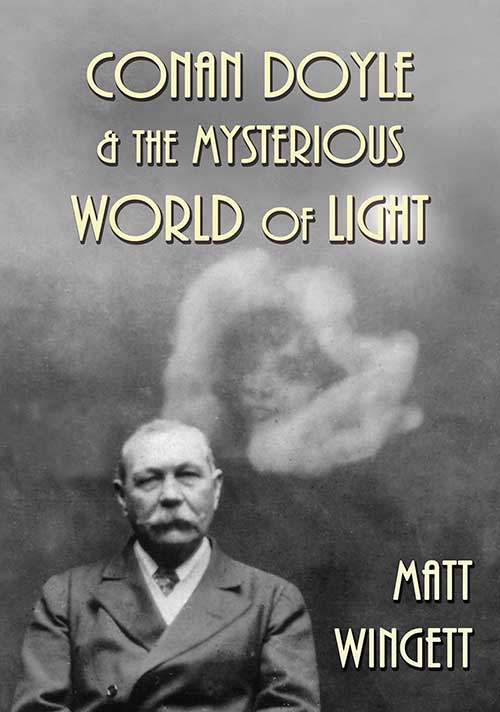



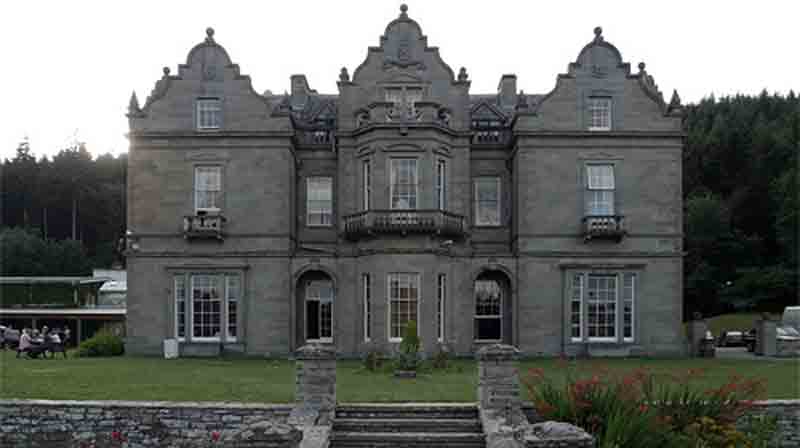
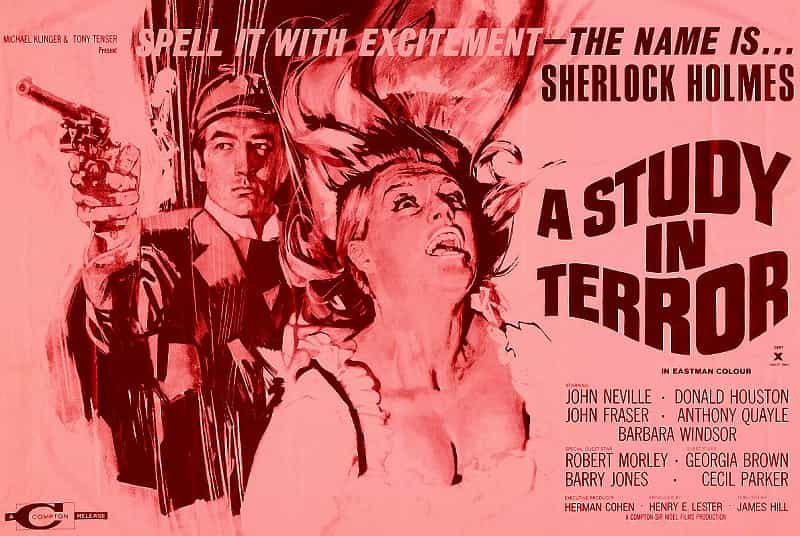
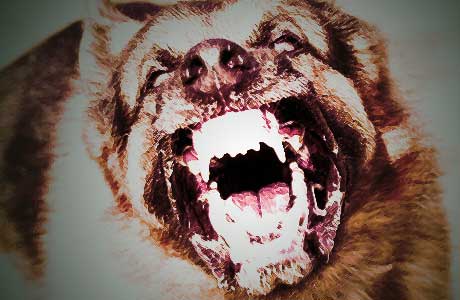
My big problem with spiritualism has always been the incredibly bogus Spirit Guides.